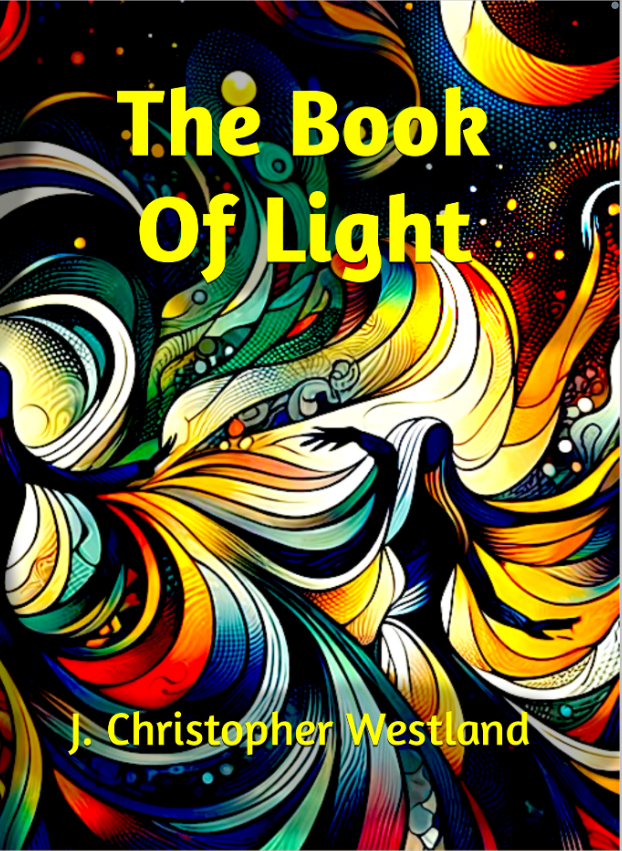The Book of Light
The Book of Light arose from my fascination with light and all of its intricacies. Light is the substance that conceptually binds the quantum to the relativistic worlds. Relative spatial reference frames have been around since Galileo, but light (or the constancy of its speed in all reference frames) spawned the Einsteinian revolution. Newton thought that light was made of particles. A century after Newton’s Opticks the prodigy Thomas Young conducted his two-slit experiment to support a wave theory of light. Today we accept light as being both wave and particle, as with all matter. Light is our window to reality. If I were to study any other discipline, it would be optics and the physics of light.
Consider our greatest human fortune: to inhabit a sphere where the atmosphere is not only a cradle of energy and life but also a crystal pane, transparent, offering us a glimpse into distant celestial realms. Contrast this with the submerged domains of lakes and oceans. Within these depths, fish, cephalopods, and marine mammals, creatures of sophisticated intellect (or perhaps not so bright) are barred from the stars’ celestial dance by the watery veil above. These beings, lacking the clarity of our starlit view, find themselves bereft of the motivation or the knowledge to weave even the simplest understanding of the cosmos, let alone the intricate nuances of modern space physics and astronomy. For these aquatic denizens, the marvels of telescopes and the ambition of rockets remain elusive, forever beyond the grasp of those dwelling beneath the waves. Light, for these creatures, is a muddled, turbulent luminosity rather than a window into distant worlds.
And because of our good fortune to live on the surface of a world which lets light through to our eyes and instruments, we can practice astronomy. Astronomy is the oldest science; everything before was just accounting. It engendered other sciences – arithmetic, geometry and trigonometry, originally in the Babylonian base-60 system that we still use for time, trigonometry and astronomy; regression and other statistical methods used for astronomical predictions; and navigation and geography.
